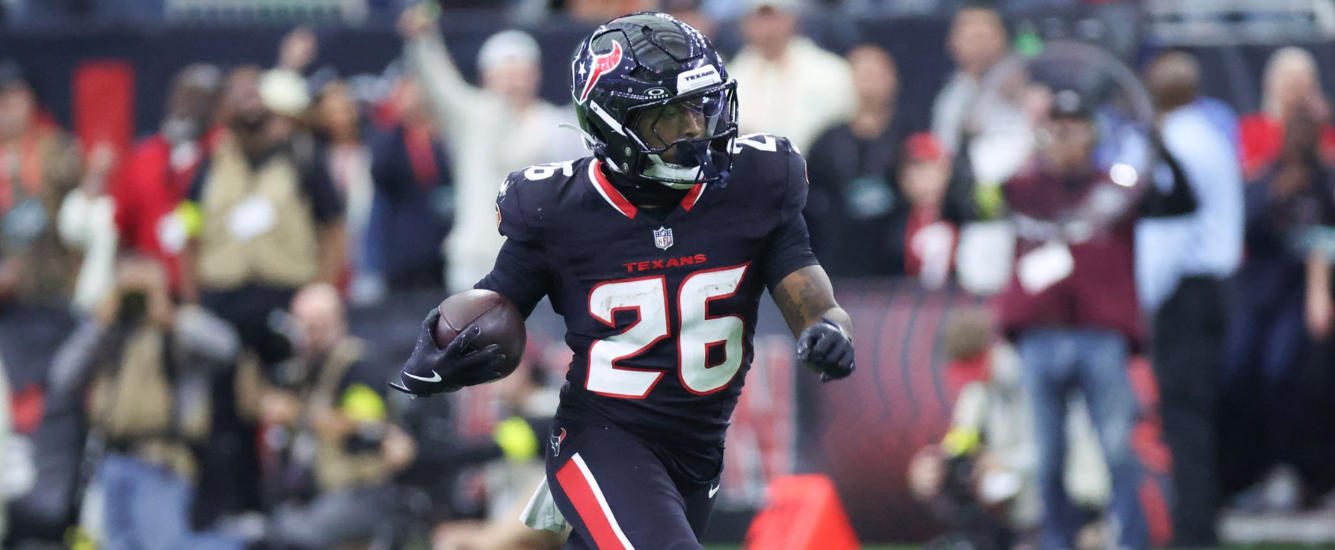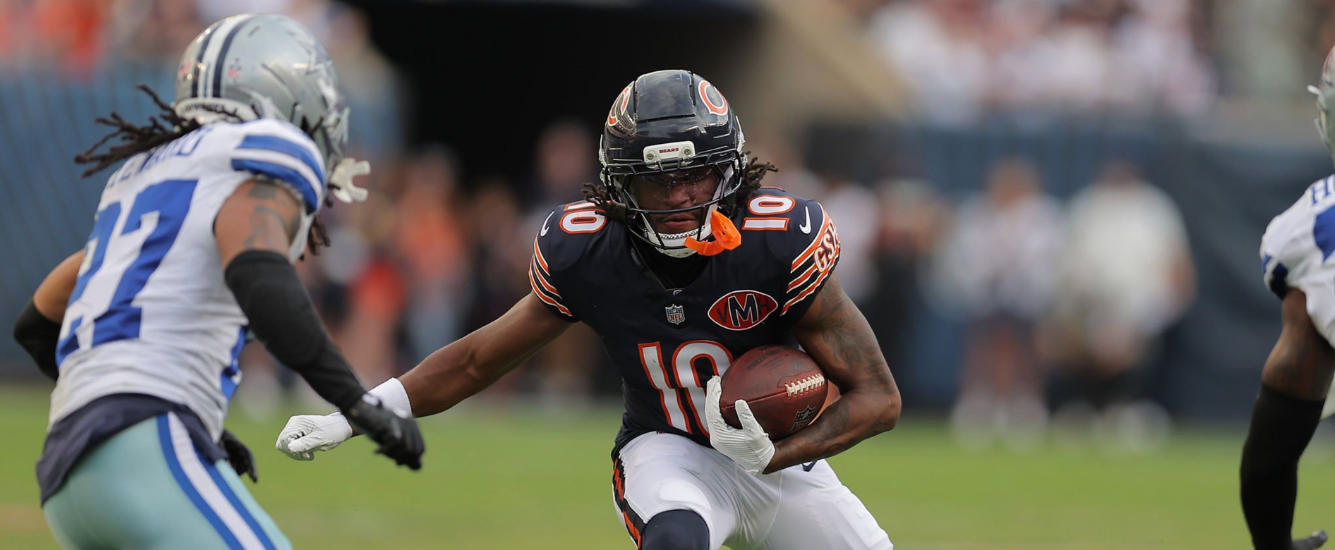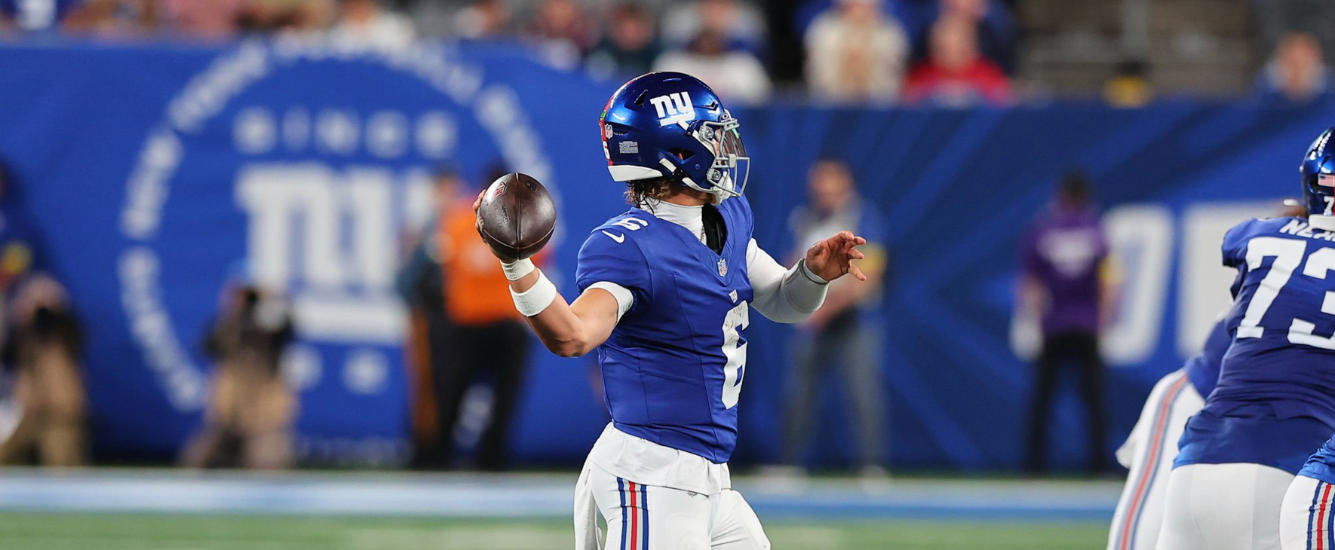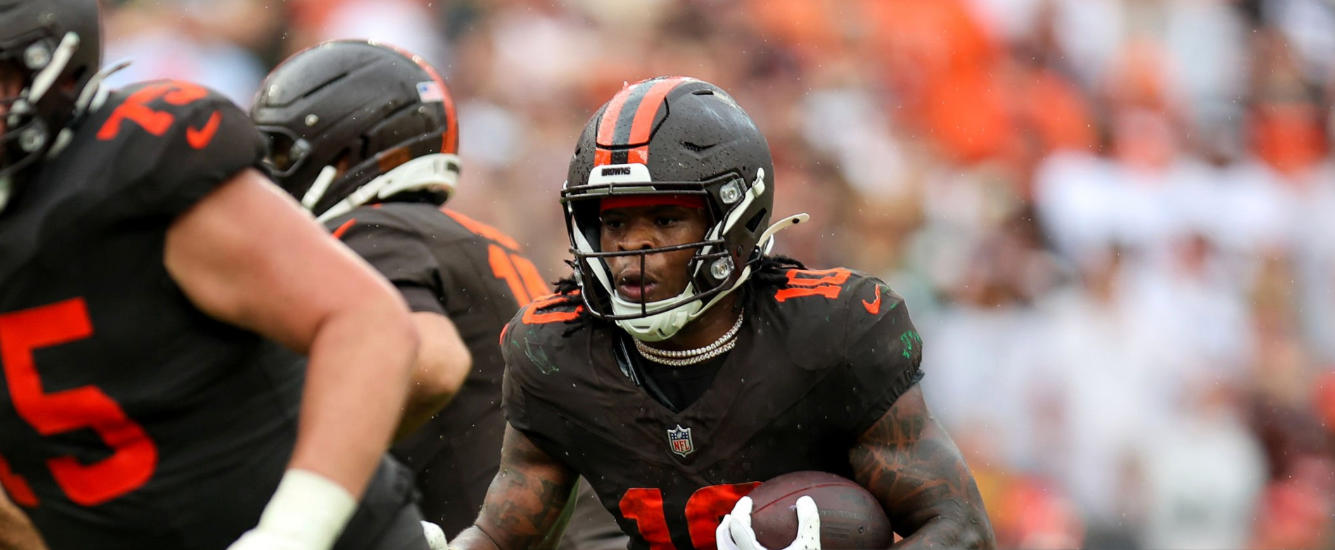Welcome to The Wrong Read. This weekly article uses advanced team-level metrics to preview the week’s upcoming matchups. The goal is to try to understand how an upcoming matchup might play out in terms of each offense’s ability to execute their game plan. How successful will they be when trying to pass? How much will they be able to run the ball?
It’s impossible to answer these questions definitively, but by exploring the advanced metrics we can better understand the dynamics that might not show up in the box score every week. We can use these metrics to find hidden signal that could indicate how a team wants to play football and how likely they are to be able to play the way they want against an upcoming opponent.
The numbers below obviously can’t fully account for new or recent changes in personnel or injuries — in cases where that matters I’ll point it out. But we can still get a good sense of what to expect from each of these teams. I’ll highlight the most salient features of the matchup below each graphic. I’m changing up the format of the notes from earlier in the season, to deliver the most relevant fantasy insights in a way that might be slightly easier to digest.
One note on the images below: All rankings and colors assume the offense’s point of a view. So a No. 1 ranking in a defensive metric indicates they are the easiest matchup for opposing offenses to face. Likewise, a No. 32 ranking indicates a team is the most difficult matchup. This makes it much easier to glance at the images and see which matchups are most favorable for the offense.
Chicago Bears at Arizona Cardinals

- Arizona ranks No. 2 in explosive run rate, No. 5 in rushing yards over expected and No. 5 in yards before contact.
- Despite the fact that the Bears present only a middling matchup, the Cardinals would like to involve their run game. Only two teams have run fewer passing plays per game than Arizona.
- The Bears are generally beatable through the air, but they are good at limiting EPA and YAC.
- Chicago will have an easier matchup in both phases, but they don’t have many offensive strengths according to the advanced matchups.
- Caleb Williams doesn’t often throw into tight windows, and the Cardinals won’t force him to.
- Arizona is No. 6 in both passing EPA and rushing EPA allowed. They are about average at limiting yards before and after contact in the rushing game, while they have one of the lowest pressure rates in the passing game. The Bears might prioritize their passing attack.
Jacksonville Jaguars at Philadelphia Eagles

- Few teams have a more potent rushing attack than the Eagles.
- On the other hand, few teams have a more incompetent passing defense than the Jaguars.
- Only one team allows more EPA per pass. Only three teams take longer to get to opposing quarterbacks.
- While the Eagles still might try to give Saquon Barkley a lot of work, this sets up as a good matchup for A.J. Brown and DeVonta Smith.
- Jacksonville’s matchup will be difficult no matter how they choose to attack Philadelphia.
- The Eagles are No. 5 in rushing yards allowed per play and No. 4 in RYOE allowed.
- They are No. 4 in passing yards allowed per play, and only one team creates pressure faster.
- Brian Thomas Jr., Gabe Davis, and Travis Etienne are all game-time decisions. If any or all of them miss the game, we could see additional rushing attempts for Tank Bigsby or additional targets for Evan Engram.



















